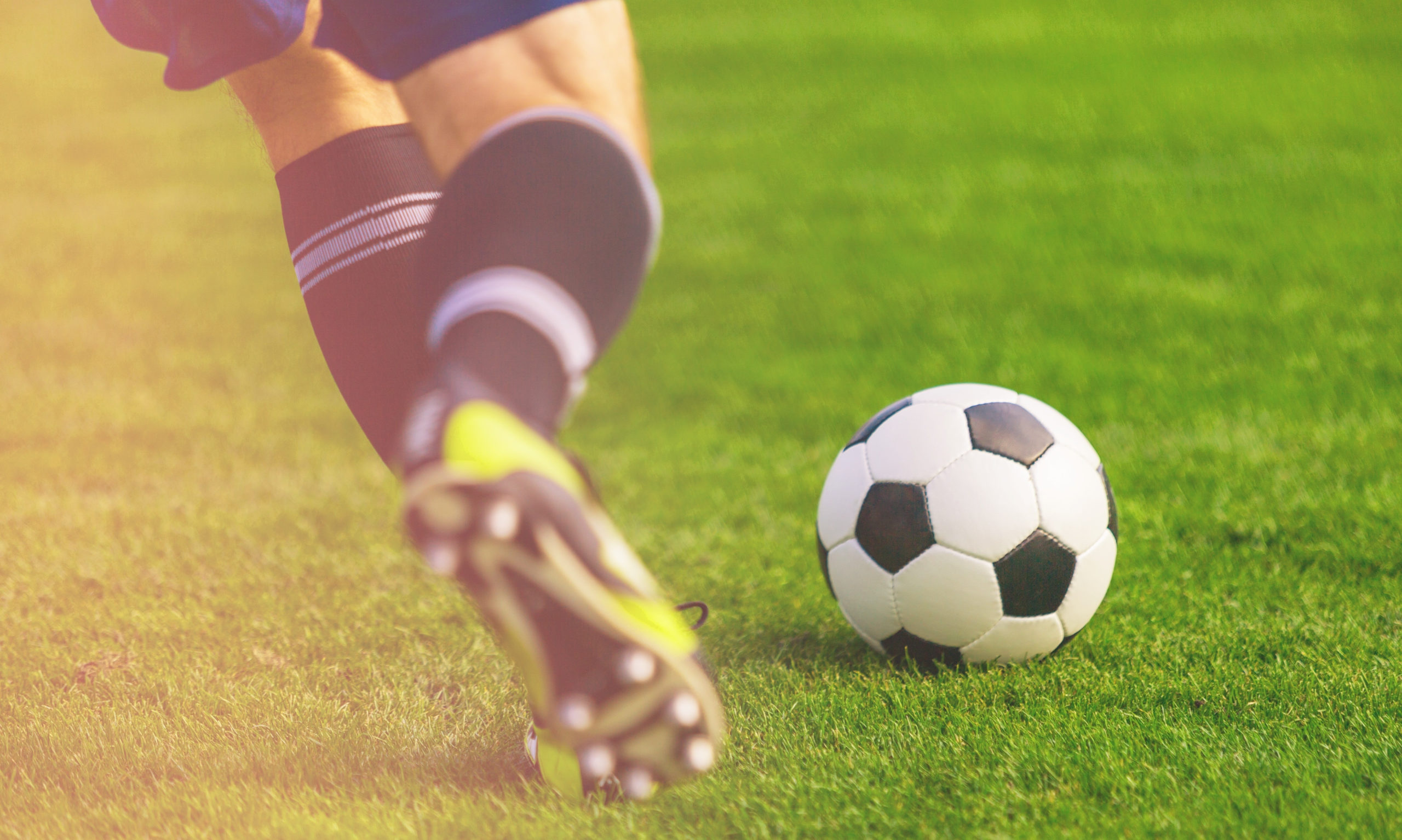
Soccer is a fun competitive team sport, and athletes of all ages know that playing the game is a good way to improve their body coordination, increase their endurance, and maintain their fitness. But like with any physical activity, there is a risk of getting injured if you’re not well-prepared. And whether it’s off-season or not, every athlete should know the importance of doing strengthening and conditioning exercises.
So what are the best exercise routines to do during soccer season to avoid injuries? Some of the best exercises to do during soccer season are single leg squat, side plank, calf raises, glute bridge, and ankle hops. These exercises improve the overall performance of soccer players, build their stamina, and improve their lower body strength and flexibility.
Strength training and flexibility exercises are a must for every newbie or veteran soccer player. Because once you’re in the field, you have to constantly engage your lower body’s muscles to be able to quickly run and score some goals. For a soccer athlete, it is essential to develop their overall speed and power and that usually begins with a training program focused on building the core and leg muscles.
To prepare for soccer season, here are the recommended exercises that you can do with a trainer or at home:
Doing single leg squats targets more than just the core leg muscles often used by soccer players: hamstrings, quadriceps, calves, and glutes. It also helps develop balance, leg power, and coordination so you can maintain proper running form for overall improved performance. Additionally, it reduces the risk of suffering from common injuries like leg pain and runner’s knees.
Anyone can do a single leg squat at home especially since it doesn’t require any type of equipment. The steps for a single leg squat are easy to follow:
This exercise is great for stabilizing your core and oblique abdominal muscles. Players can benefit from this since it helps in building strength, maintaining hip balance, and improving flexibility and movement across the field. To do this correctly, here are the steps for doing side planks:
Performing a standing calf raise is a simple yet effective stretching and leg training exercise. It activates and builds strong calf muscles to improve your jumping and running power. It also improves your balance and lessens the risk of getting ankle and foot injuries and sprains.
This exercise can be done without any equipment but some individuals use light dumbbells or kettlebells for added weight while raising. Here are the instructions for a proper calf raise:
Glute bridges are an excellent hip extension and core stability-building exercise. Physical therapists use this routine to help chronic pain in low back muscles since it improves spinal stabilization. It targets both your abdominal muscles and buttocks to enhance your posture and performance.
There are many variations to doing a bridge, such as single leg bridges, bridge marches, and bridges with elevated feet. But most individuals can start with the simple bridge routine:
Ankle jumps are a common training exercise that builds speed and power for soccer players. Ensuring that your ankles are flexible is important to contribute to overall lower body strength, especially when running or kicking. If it’s not conditioned properly, the chances are high for developing ankle injuries. Here’s how you can do proper ankle hops:
Having a basic knowledge of common soccer injuries can help you prepare your body for the game to prevent accidents. Here are the injuries that soccer players often experience:
Ensuring proper training and conditioning prior to a game is just one step of preventing soccer injuries. Here are other safety tips you can follow to reduce injuries on the playing field:
In any sport, injuries are always bound to happen. Thankfully, it’s easy to recover with professional physical therapy help. Let our team of PT and OT experts at AmeriCare Physical Therapy assist in training your body so you can get back on your feet and prevent chronic and recurring injuries.
At AmeriCare Physical Therapy, we offer quality orthopedic care, treatments for spinal conditions and sports injuries, and joint replacements, among others. Visit us at any of our offices in New Jersey or call us to learn more about our services.